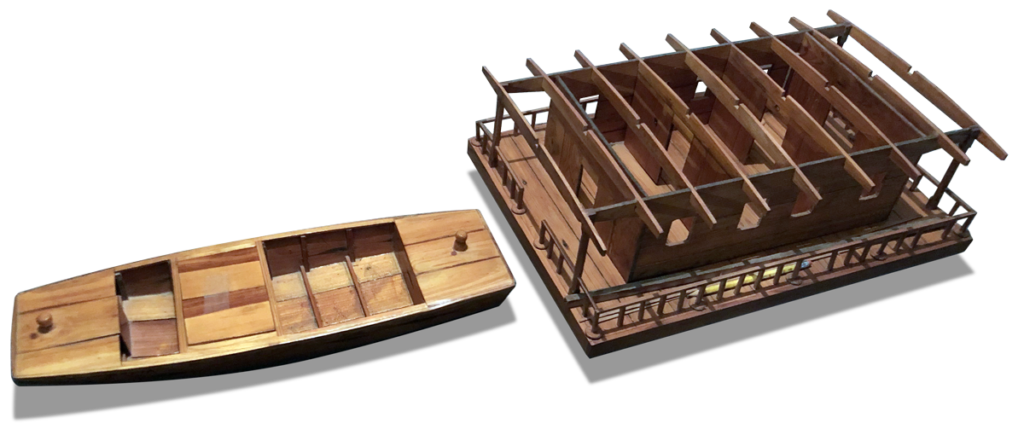Germersheim is a town in the German state of Rhineland-Palatinate, of around 20,000 inhabitants. It is also the seat of the Germersheim district. The neighboring towns and cities are Speyer, Landau, Philippsburg, Karlsruhe and Wörth.

Coat of arms
The coat of arms features a golden crowned eagle on a blue background. The eagle derives from the fact that, at one time the town was ruled directly by the emperor of Germany.
History
After his invasion of Gallia, Gaius Iulius Caesar made the Rhine river the border between the Roman Empire and Germania. Some small areas east of it were later invaded and added to the Roman province of Agri Decumates...
Read More


 |
| 




